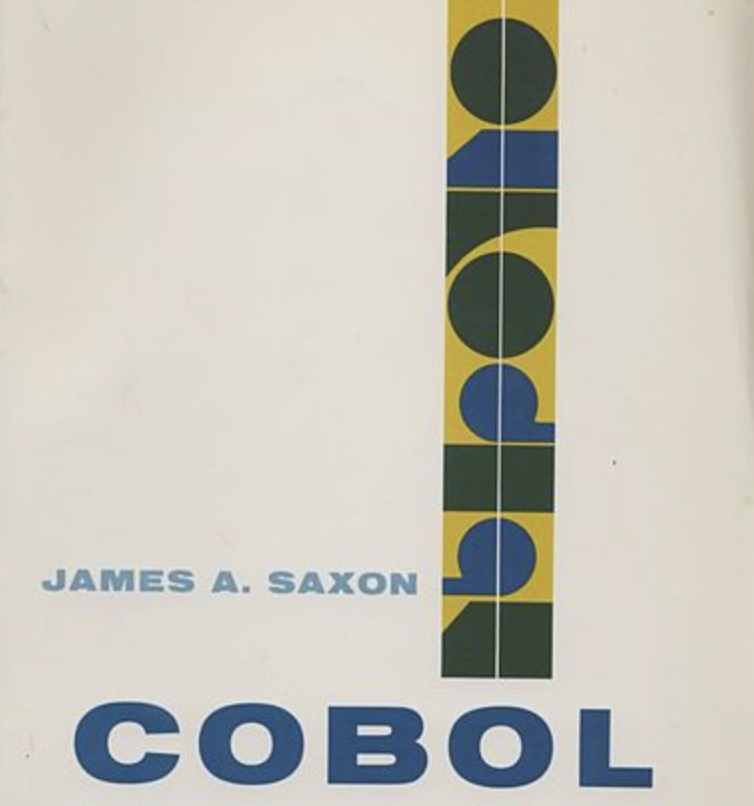The History of COBOL: From Concept to Legacy
COBOL (Common Business-Oriented Language) stands as one of the most significant programming languages in the history of business computing. Developed in the late 1950s and early 1960s, COBOL was created to address a crucial need for standardization in business data processing. This article explores the origins of COBOL, its early implementations, and the nature of its first code.
The Origins of COBOL
The late 1950s marked a period of rapid growth and innovation in computing. As businesses and government agencies increasingly adopted computers for data processing, they encountered a significant challenge: the lack of a standardized programming language that could handle business-related tasks efficiently. Various organizations used their own proprietary languages, creating inefficiencies and barriers to collaboration.
In response to this issue, the United States Department of Defense (DoD) initiated the Conference on Data Systems Languages (CODASYL) in 1959. The goal of CODASYL was to develop a common language that could be used across different computing systems and by various organizations. This effort was spearheaded by a committee that included prominent figures in computing, such as Grace Hopper, a pioneering computer scientist known for her work on early programming languages.
The Development and Specification of COBOL
By 1960, the committee had developed the first specification for COBOL. The language was designed with the primary aim of being readable and understandable by business users, not just programmers. This focus on readability was intended to make COBOL accessible to people with a business background, facilitating communication between business professionals and technical staff.
The initial COBOL specifications laid the foundation for what would become a widely adopted language. The first COBOL implementations were developed by major computer manufacturers, each creating compilers to translate COBOL code into machine language suitable for their systems.
The First COBOL Code
While the precise details of the very first COBOL code are not well-documented, early COBOL programs typically focused on fundamental business tasks. Common applications included:
- Payroll Processing: Managing employee payroll and calculating salaries.
- Inventory Management: Tracking inventory levels and processing orders.
- Customer Invoicing: Generating and managing invoices.
An example of early COBOL code might look like this:
IDENTIFICATION DIVISION.
PROGRAM-ID. HelloWorld.
PROCEDURE DIVISION.
DISPLAY 'Hello, World!'.
STOP RUN.
This simple program demonstrates COBOL’s emphasis on readability and ease of understanding. It highlights the language’s focus on being user-friendly and accessible to those with a business rather than purely technical background.
The Impact and Legacy of COBOL
COBOL quickly gained traction in industries that required reliable and robust business data processing. It became the language of choice for a wide range of applications, including finance, insurance, and government sectors. The language’s ability to handle complex business processes made it indispensable for large organizations.
Over the years, COBOL has undergone several revisions to keep pace with evolving technology. Despite its age, COBOL remains in use today, particularly in legacy systems where stability and reliability are paramount. Its enduring presence in business computing serves as a testament to its original design goals and the vision of its creators.
In conclusion, COBOL’s history is a story of innovation and standardization. From its early days addressing a critical need for a common business language to its continued use in modern systems, COBOL has played a significant role in the evolution of business computing. Its legacy endures as a foundational technology that has shaped the way businesses manage and process data.

